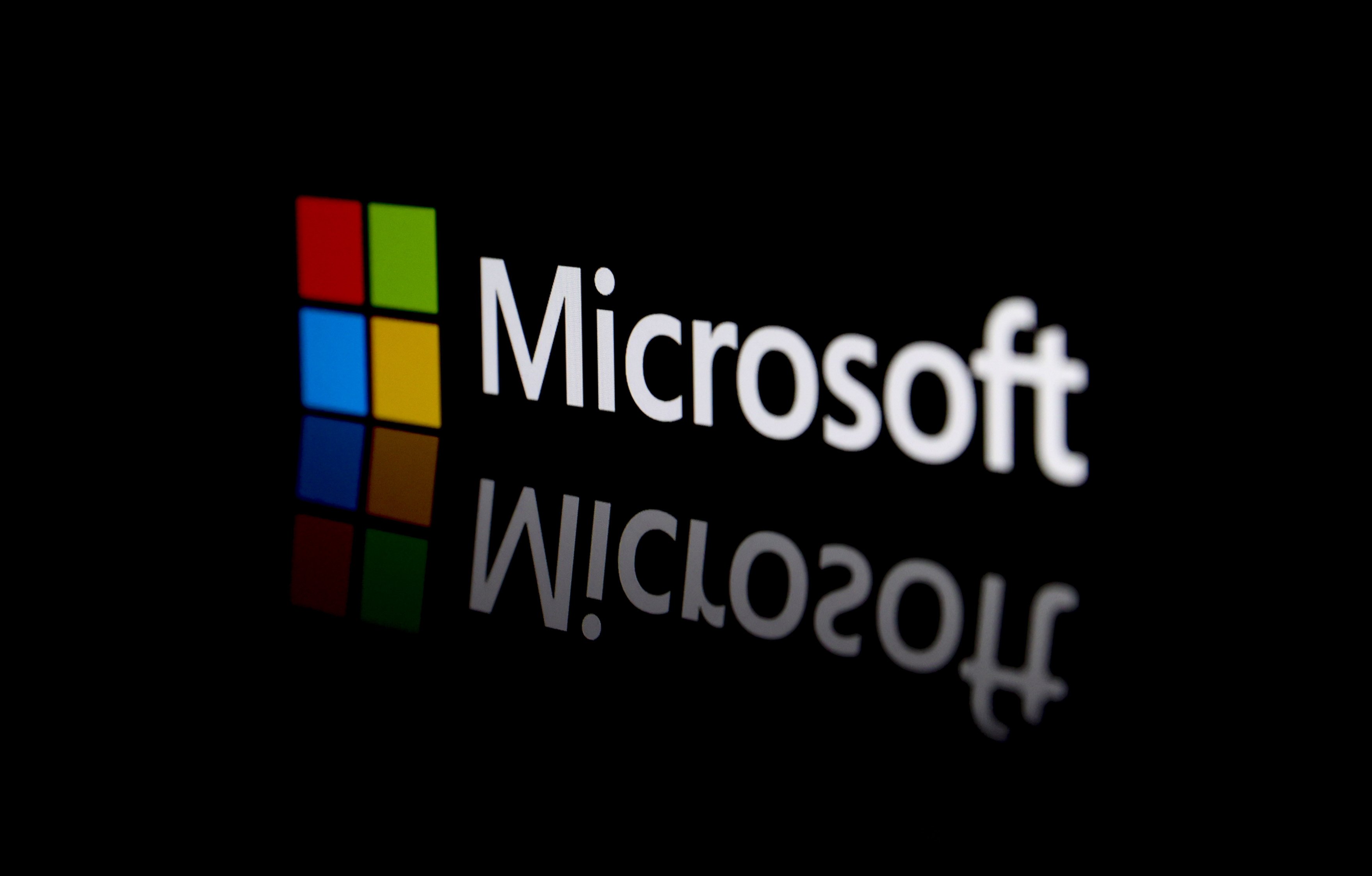Despite the best efforts of Microsoft (MSFT +0.40%) , the Windows Phone has struggled to gain market share in the United States. The platform stands at a distant third and it lost share in September in the U.S. and globally largely due to the introduction of Apple's (AAPL +0.17%) iPhone 6.
Windows Phone market share for September stands at 4.3% in the U.S., down from 4.6% a year earlier, and 9.2% across Germany, Great Britain, France, Italy, and Spain, down by a similar margin, according to the latest report from Kantar Worldpanel. The data suggests that Microsoft might be better off attempting to build its phone into a legitimate player in Europe than trying to slice off a piece of the U.S. market.
Windows Phone may not be Blackberry (BBRY 12.93%) dead in the U.S. (the one-time successful smartphone is down to 0.6%) but its market share has fallen despite an improved array of phones from Microsoft's Nokia brand. The chance to catch up to Apple and market-leader Android may have passed in the United States -- if it ever existed -- but a chance may remain in Europe and the rest of the world to become a real player.
Why give up on the U.S.?
Microsoft has been working since 2010 to establish the Windows Phone and the numbers have not been encouraging. The company entered Q2 2011 with 1.2% of the U.S. market and grew that to 3.1% in Q2 2012, then 3.4% in Q2 2013, according to IDC (numbers which vary a little from Kantar's but follow the same trend). In Q2 2014 things took a turn for the worse and Windows Phone market share dropped to 2.5%.
You would think this would be cause for alarm for Microsoft CEO Satya Nadella, but he seems unconcerned. At the Seattle Metropolitan Chamber of Commerce annual luncheon in September, Nadella basically said he wasn't concerned about market share for any particular device, GeekWire reported.
When we define mobile in the marketplace, we don't think of it by today's market share positions on a given form factor. Devices and device sizes will come and go, even within a single year, you will be changing multiple phones. It's more about the mobility. In fact, if there's anything central to our vision, it's don't think of the device at the center, think of the individual, the people at the center. And then have the platforms and productivity experiences get built with that at the center.
Nadella further explained that if people choose Android or Apple phones he's OK with that as long as those phones have Microsoft apps installed "irrespective of whether it's a Windows Phone or not. That's our core goal: Things like Office, things like Skype are broadly available. And Minecraft! On every 8-year-old's phone, for sure."
That line of thinking suggests that Microsoft should abandon or at least downplay Windows Phones in the U.S. and instead focus on getting customers to install its apps. Minecraft, which Microsoft purchased in September, currently sits atop the iOS App store paid chart while Skype (another Microsoft brand) comes in at 31 on the free chart.

A screenshot of Apple's app store on Nov. 3, 2014. Source: author
Why is Europe different?
The key difference between most of the world and the U.S. is that three of the four major American carriers -- including the three biggest -- still offer phone subsidies. These subsidies encourage people to buy high-end, top-of-the-line phones because they can get them for little or no money down in exchange for signing a two-year contract. In Europe and the rest of the world, subsidies are much less common which forces people to finance or buy their phones outright.
This has opened a door for Windows Phones and Microsoft has used price as a way to win customers over. For example, the Lumia 635, a basic but highly functional Windows Phone, retails for under $100, while an iPhone carries a retail price of $649.99. If a customer has to pay the cost of the phone upfront or finance it, cheaper phones become more attractive. That scenario takes Apple and the top Android phones out of the mix, leaving Windows Phones to compete with lower-end Android options.
Phones like the Nokia 635 stack up well when compared to other phones at similar prices, giving Microsoft an angle to attract customers who want a premium phone at the lowest possible price.
Should the company abandon the U.S.?
Microsoft should scale down its efforts in the U.S. because in the current climate, where subsidies are still common, the top-tier phones from Apple and Samsung (NASDAQOTH: SSNLF) will be impossible to topple. Committing to two years with a phone using a unfamiliar operating system (or shelling out big bucks up-front to do that) is something few customers will do.
For now, Microsoft should focus on parts of the world where people are buying its phones. In those countries the company can sell phones at breakeven or even a loss to gain market share. This should lead to more people adopting the platform.
In the U.S. the company should focus on building the audience for its apps while keeping Windows Phones available. Though there is currently very little market for the Microsoft product that could change as the major smartphone carriers try to move away from offering subsidies. T-Mobile (TMUS 1.77%) has already done that which makes the Nokia 635 an attractive choice on that service.
The Windows Phone may be on life support in the U.S., but if it moves forward in the rest of the world it could be resuscitated here should carriers find a way to make subsidies less attractive or eliminate them entirely.









